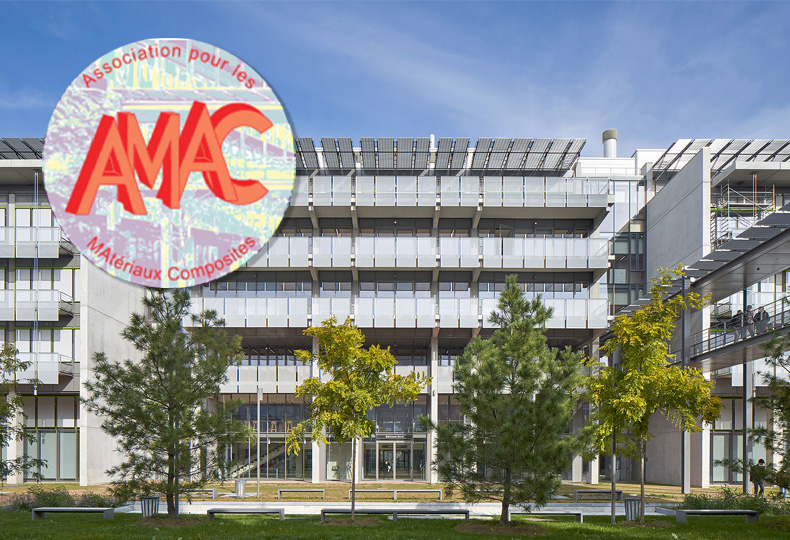National Composites Days (JNC) 2025

The aim of these days is to present and discuss the latest scientific and technological advances in composites.
See you from June 30 to July 2, 2025.
The aim of these days is to present and discuss the latest scientific and technological advances in composites.
See you from June 30 to July 2, 2025. Laboratoire LMPS : ENS Paris-Saclay et CentraleSupélec ENS-PARIS-SACLAY webmaster@ens-paris-saclay.fr Europe/Paris public
Date : 30 juin - 2 juillet 2025
Lieu : ENS Paris-Saclay – 4 avenue des scinces – 91190 Gif-sur-Yvette
Venir à l’ENS Paris-Saclay.
JNC 2025 is open to all types of composite materials, including bio-composites, functional composites, intelligent composites, nano-composites, structural composites, hybrid structures and living materials.
Cross-disciplinary themes are addressed, from elaboration and elaboration-microstructure-properties relationships, to the mechanical properties of structures, their assembly and recycling.
Programm
Themes in 2025
- Matrices: polymer, ceramic, cement, carbon, metal, etc.
- Reinforcements: fibers of all types and sizes (including nanofibers and nanofillers), textile structures, etc.
- Materials - internal structure: sandwich, core material, etc.
- Behavior: chemical, physical, mechanical, thermal, electrical, durability, environmental effects, fracture, damage, coupled loads, multi-physical couplings, extreme loads, etc.
- Composite structures and parts: design, optimization, assembly, repair, etc.
- Processes: synthesis, development, simulation, innovation, manufacturing monitoring, material/process/properties/performance relationships, machining, residual stresses, etc.
- Modeling / Simulation: homogenization, multi-scale, multi-physics, probabilistic approaches, etc.
- Testing: experimental methods, identification, virtual testing, NDT/CND, health monitoring, durability, etc.
- Eco-materials: eco-composites, eco-design, ...
3 round tables
- What future for trials?
The aim is to discuss the importance or complementarity of different experimental approaches for future trials.
With : M. Cataldi (Ariane Group), C. Cluzel (LMPS), C. Jailin (LMPS), P. Casari (GeM), S. Laporte (IBMHGC)
- AI for composites
The idea is to take stock of AI in relation to the activity of the composites community.
Moderator: E. Baranger (LMPS), with : F. Chinesta (PIMM), P. Del Sorbo (Safran Composites), S. Drapier (LGF), F. Meraghni (LEM3)
- Reuse, Extended Life or Recycling composites - What weight in the circular economy?
The debate will be structured in three parts: sources for re-use or deposits for recycling, technologies deployed or under development, and finally the uses of recovered materials (aeronautics, space, road and rail transport, civil engineering, nautical, energy, leisure, sports, medical, ....).
A post-conference class
On Wednesday afternoon, July 2, a course will be given by researchers and engineers active in this field (LMPS, ONERA, Safran) on “Mechanics of damage in composites”:
- Degradation mechanisms in composites
- Damage modeling
- Damage characterization and identification methods
- Industrial application of damage models.
